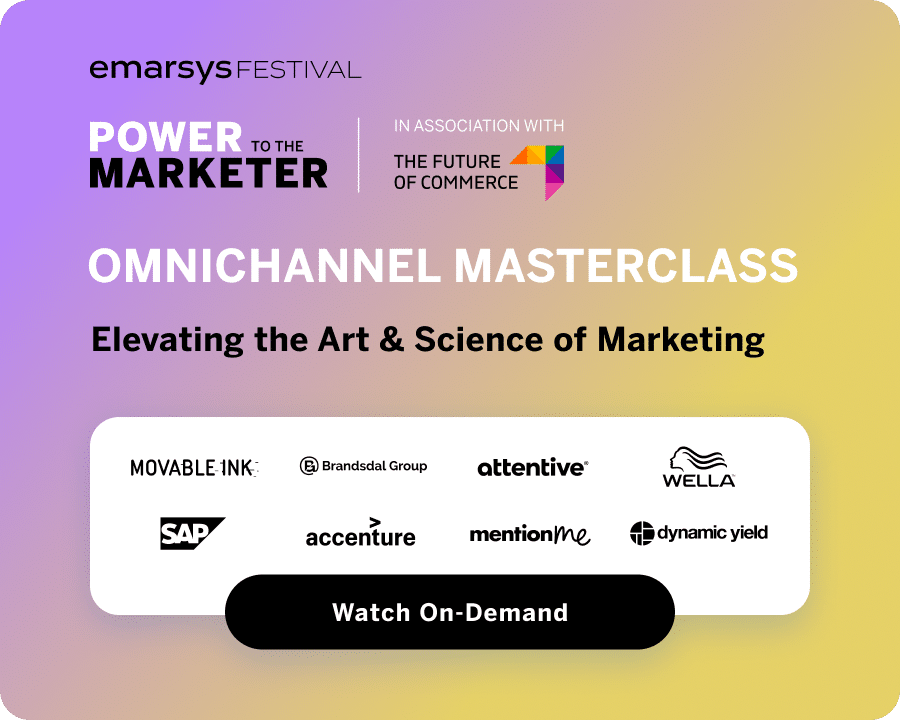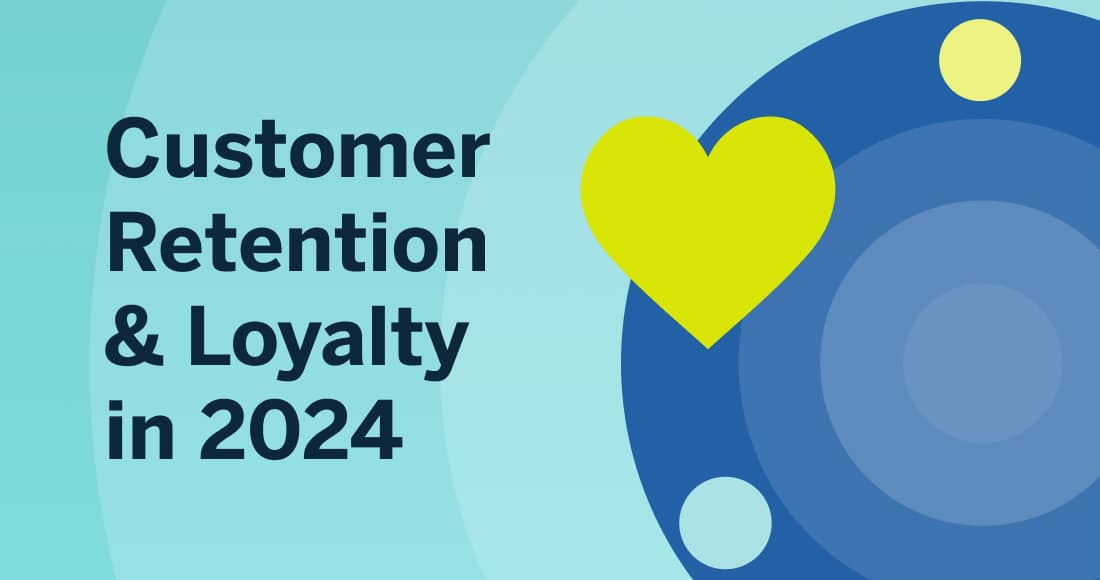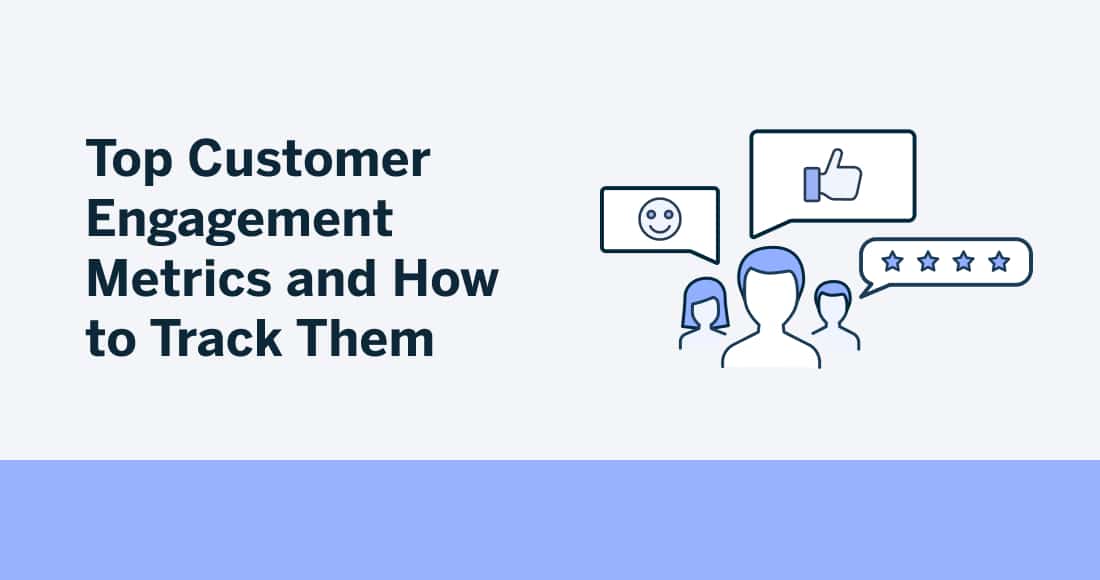In the previous post we looked at the importance of AI and how it’s critical for brands that want to deliver consistent experiences, while at the same time providing a 1:1 experience to their customers at scale.
But as with any automation, it’s only really as good as the strategy behind it – which is not to say that AI solutions aren’t smart, but without input they’ll just keep going forward and delivering results until the end of time.
So the exciting thing about automation, particularly AI, in marketing is that it actually changes the very face of the working day for marketers (and if it’s not, then you’ve got a very different problem).
A common misconception is that when you automate something then you have one less thing to do, whereas, in reality, you have to spend time herding your automation to make sure it has all the fuel (content). It is a time-saver, and you might have freed up say 10-20% of your bandwidth now, which is great – we can all do with a breather now and then.
So you have your AI and your marketing team can punch above their weight, the next critical thing is to make sure that you’re pointing this marketing-super cannon in the right direction.
It becomes all about targeting.
And you can’t have that without strategy.
In this second blog post of the series, we’ll look over the importance of strategy, the actions a marketer should take to showcase the value of marketing inside an organization, and how a company can forecast revenue growth through a strategic dashboard.
Understand Revenue Contribution
Once a company places all their data into an AI platform, they want not only to know the next step to take, but also to understand their status quo and what the business level priorities are.
An uncomfortable truth for a lot of marketers is that the more data generated, the more time they need to spend collating it, from BAU coordination to trying to turn operational metrics into something that can be absorbed by the board.
So, all of a sudden the time-saving automations have generated more data for you to go through and turn into reports, which is particularly fun when you need to justify revenue contributions of each piece of technology across your tech stack.
In fact, it’s almost impossible to pull all this data together without running multiple reports across multiple channels, eating up loads of time. At a minimum, you need a solution that can take all your operational metrics and attribute a dollar value to them.
But even though this only tells you how well campaigns have been doing historically, it provides the first important strategic glimpse at how you’re helping the company.
Align to Business Goals
Seeing your previous performance you can tell what has and hasn’t worked in the past, but it doesn’t help when figuring out what to do next.
What you really need is a cheat sheet that shows you which marketing effort will directly contribute toward a business goal or KPI, so that when the planning season comes around and you get your targets – you know what to pick and can get straight to business.
If you know, with certainty, which effort will yield the best business results, and you have an AI solution that handles most of the grunt work, then you can really start boosting business results.
The thing about results is that, traditionally speaking, you’ve only been able to measure against industry averages. If you have a click-through rate of 0.1% higher than average, is that “good”?
Where does excellent lie, and how far from it are you?
Context Is Everything
As you’re not operating in a vacuum, you need to know where you are in terms of industry performance averages, and nobody wants their brand to be average.
So you need to understand what the top players in your industry are doing, and what kind of performance numbers they generate in order to get there, which is where data anonymization comes in.If you have a truly insightful view of how well you are performing, it will let you focus your attention more effectively, regardless of what kind of metric you want to explore, from contextualizing performance against other players to seeing how your team’s performance stacks up against AI-driven automations.

Data-Lead Culture
So now that you have the context for how you’re doing, and you know where to help drive the business results – you’re actually engaging in strategic marketing.
The benefits here don’t just stop in terms of enabling more focused execution and better business results; it opens up the data so you can pull it apart and find trends to open up new revenue streams.
With these data insights you can start contextualizing what you have with your fulfillment, distribution, and logistics data – to really step up how to bring that customer engagement to the next level.
Strategic marketing is as much of a technologically driven change as it is a cultural change, because the business perspective of what marketing does and how it can do it needs to evolve to really unlock the value they can bring.
Final Thoughts
So being able to target your marketing efforts needs to evolve and grow into a more strategic role that puts marketing at the heart of the business goals, so that they can actively shape the future of the business.
When you’re thinking about strategic marketing, keep this in mind:
- Business-Level Insights – understand what marketing performance is in the eyes of the business.
- Align to Business Goals – match and align your activities directly to business goals.
- Context is Everything – benchmark against your industry averages.
- Become Data-Lead – strengthen and expand your revenue streams.
The right platform takes marketing to the next level, combines all data, and provides an easy way to quickly deploy and then measure the business outcome of your strategy.
In the final post in this series, we’ll look at how to really introduce system-driven specialization by verticalizing technology to help brands address some of their biggest pain points and challenges.
FIND OUT WHY EMARSYS WAS VOTED A LEADER IN PERSONALIZATION ENGINES
Handpicked Related Content:














